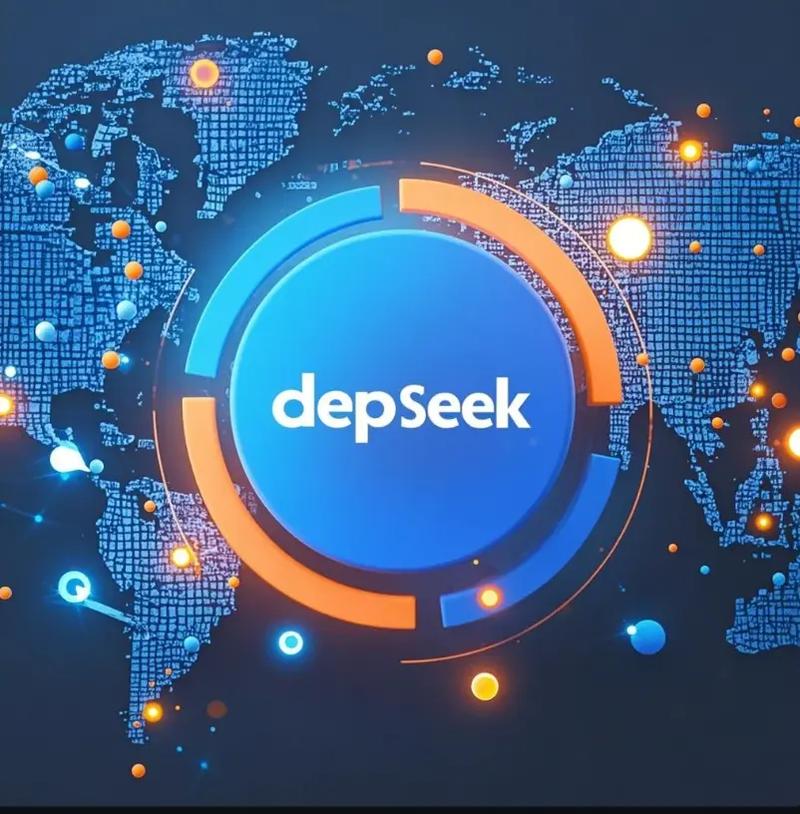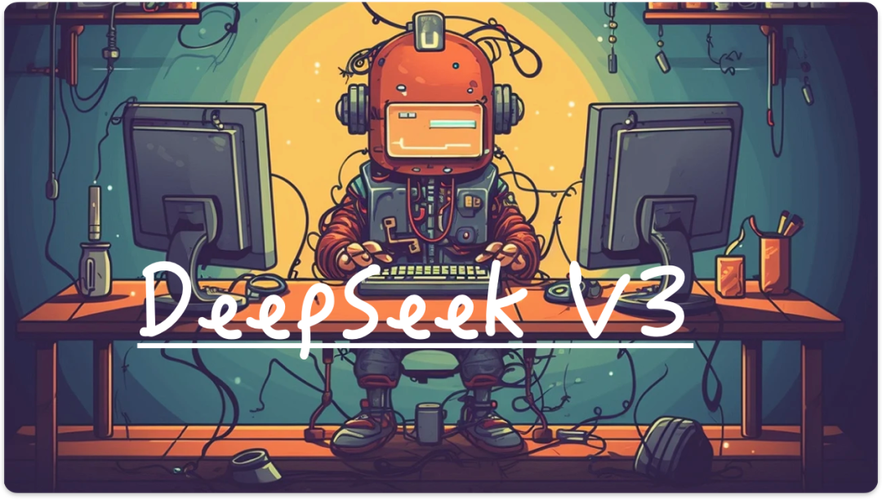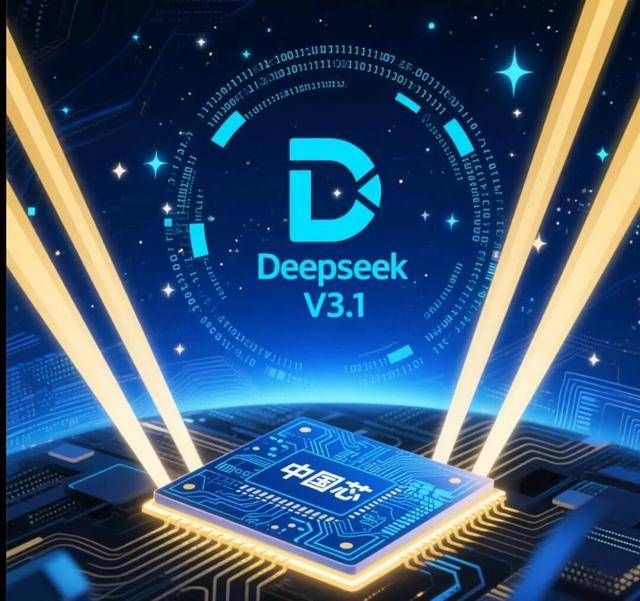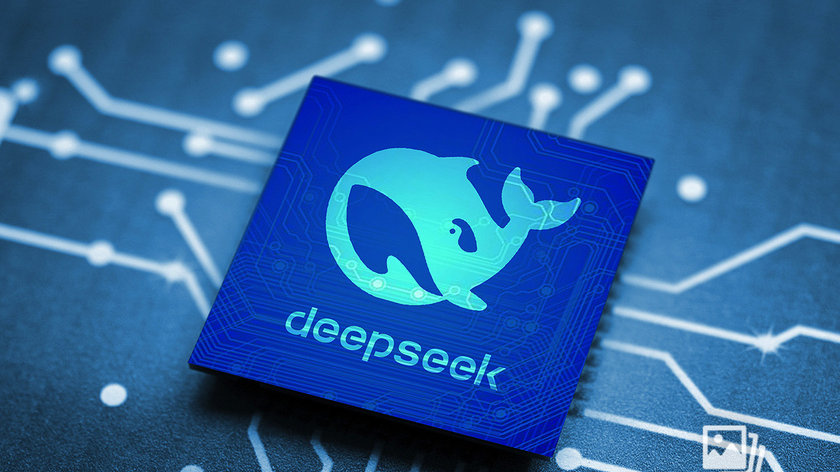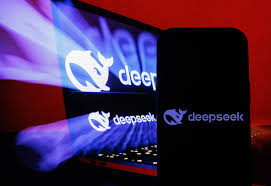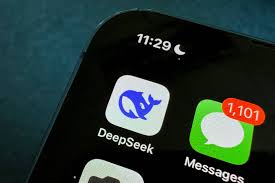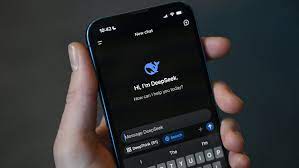DeepSeek vs GPT-4: Head-to-Head Benchmarks in 2025
Introduction
As the race to develop the most powerful large language model (LLM) intensifies, two frontrunners have emerged in 2025: OpenAI's GPT-4 and DeepSeek’s latest open-weight release, DeepSeek V3/R1. With growing global interest in LLMs for code generation, complex reasoning, multilingual communication, and AI research, the comparison between DeepSeek and GPT-4 is more relevant than ever.
This article provides a detailed, benchmark-driven comparison between DeepSeek and GPT-4, including evaluations across coding, math, reasoning, efficiency, deployment options, and cost-effectiveness. We analyze their performance using the latest datasets and real-world applications to give researchers, developers, and organizations a clearer view of which model suits their needs.
Overview of the Models
🔷 DeepSeek V3 / R1
Architecture: Mixture of Experts (MoE)
Parameters: 671B total, 37B activated per token
Open-weight: Yes
Performance Benchmark: Matches or surpasses GPT-4 in multiple benchmarks
Context Window: 128K tokens
Language Support: Excellent Chinese + strong English performance
🔶 GPT-4 (OpenAI)
Architecture: Proprietary transformer, dense model (exact parameters undisclosed)
Parameters: Estimated ~1T (undisclosed)
Open-weight: No (API-only access)
Performance Benchmark: State-of-the-art performance across most NLP tasks
Context Window: 128K (GPT-4 Turbo)
Language Support: Strong across 20+ languages, including English, Spanish, and Chinese
1. Benchmark Scores at a Glance
| Benchmark | GPT-4 | DeepSeek V3 | Notes |
|---|---|---|---|
| MMLU (General Knowledge) | 86.4% | 87.1% | DeepSeek slightly edges out GPT-4 |
| GSM8K (Math) | 92.0% | 89.3% | GPT-4 slightly stronger in mathematical reasoning |
| HumanEval (Coding) | 67.0% | 65.2% | Nearly identical results |
| MBPP (Code Completion) | 74.0% | 75.4% | DeepSeek leads |
| DROP (Reading Comprehension) | 87.0% | 89.0% | DeepSeek is more accurate in complex QA |
| BBH (Broad Benchmark Harness) | 86.3% | 87.5% | DeepSeek leads on multi-step reasoning |
| TruthfulQA | 73.0% | 72.5% | GPT-4 slightly more aligned |
2. Reasoning and Logic Performance
DeepSeek’s performance on BBH, MMLU, and DROP benchmarks reflects its competence in complex reasoning. In multi-step math problems and legal reasoning, DeepSeek often matches GPT-4’s depth while requiring fewer active parameters per inference due to its MoE design.
GPT-4:
Excels in few-shot reasoning and Chain-of-Thought prompting
More mature in instruction tuning for ethical reasoning
DeepSeek:
Better at multilingual reasoning, especially in Chinese
Comparable reasoning ability, with higher efficiency
3. Coding and Software Engineering
Both models are strong performers in code generation, with DeepSeek releasing a dedicated DeepSeek Coder model:
Benchmarks:
HumanEval: GPT-4 (67.0%) vs DeepSeek (65.2%)
MBPP: DeepSeek slightly ahead
Use Cases:
DeepSeek Coder excels in writing complete functions with detailed docstrings
GPT-4 shows superior performance in real-time pair programming via Copilot
Verdict:
DeepSeek is great for bulk generation
GPT-4 offers better interaction fidelity
4. Multilingual Capabilities
GPT-4:
Native support for >20 languages
Optimized for English, French, German, Japanese
DeepSeek:
Optimized for Chinese and multilingual support
Stronger Chinese comprehension, summarization, and reasoning
Conclusion: DeepSeek is the go-to model for Chinese-heavy environments, while GPT-4 is better for international multilingual applications.
5. API Access, Speed, and Cost
GPT-4:
Available only via OpenAI API (Azure, ChatGPT Plus)
Cost: ~$30 per million input/output tokens
Speed: Slower with high-demand queries
DeepSeek:
Open-weight; can be run locally or on-premise
API via DeepSeek Cloud: ¥0.5 (input cache) to ¥8 (output) per million tokens
90 tokens/sec generation speed
Comparison:
| Model | Deployment | Cost per 1M tokens | Open-weight | Fine-tuning |
| GPT-4 | API only | ~$30 | ❌ | Limited access |
| DeepSeek V3 | Local or API | ~$1.20 | ✅ | Yes, via LoRA or full-tuning |
6. Interpretability and Alignment
GPT-4:
Extensive internal safety tuning
Red-teamed and RLHF-trained
Ongoing OpenAI Safety Index updates
DeepSeek:
Released model cards and safety disclosures
Includes community moderation tools
LoRA fine-tuning poses alignment risk if unchecked
Conclusion: GPT-4 is more aligned out-of-the-box; DeepSeek offers transparency but requires user-side responsibility.
7. Deployment Flexibility
GPT-4:
API access only (no offline)
Best for centralized SaaS or corporate integrations
DeepSeek:
Downloadable, modifiable
Can be fine-tuned, quantized (int8, int4)
Deployed in secure environments
8. Use Cases and Industry Applications
| Use Case | GPT-4 | DeepSeek |
| Chatbots | ✅ | ✅ |
| Legal Document Drafting | ✅ | ✅ |
| Healthcare Support | ✅ | ✅ |
| Research and Academic | ✅ | ✅ |
| On-Premise Solutions | ❌ | ✅ |
| Edge Computing | ❌ | ✅ |
| Chinese Government Compliance | ❌ | ✅ |
9. Community and Ecosystem
GPT-4:
Developer ecosystem with OpenAI plug-ins, ChatGPT Store
Strong community but closed-source limits experimentation
DeepSeek:
GitHub repos, Hugging Face models, Discord forums
Frequent updates and transparent roadmap
Winner for Open Source: DeepSeek
Final Verdict: DeepSeek vs GPT-4
| Category | Winner |
| Cost Efficiency | DeepSeek ✅ |
| Coding | GPT-4 ✅ |
| Chinese NLP | DeepSeek ✅ |
| Multilingual | GPT-4 ✅ |
| Interpretability | GPT-4 ✅ |
| Deployment Flexibility | DeepSeek ✅ |
| Research Access | DeepSeek ✅ |
| Out-of-the-box Alignment | GPT-4 ✅ |
TL;DR:
Choose DeepSeek for cost-effective, customizable, and open-weight usage, especially if Chinese language support or local deployment is a priority.
Choose GPT-4 for enterprise-grade alignment, coding interaction, and multilingual coverage.
“In 2025, DeepSeek and GPT-4 represent two distinct visions of AI: one open, efficient, and community-driven; the other secure, highly-aligned, and enterprise-optimized.”

